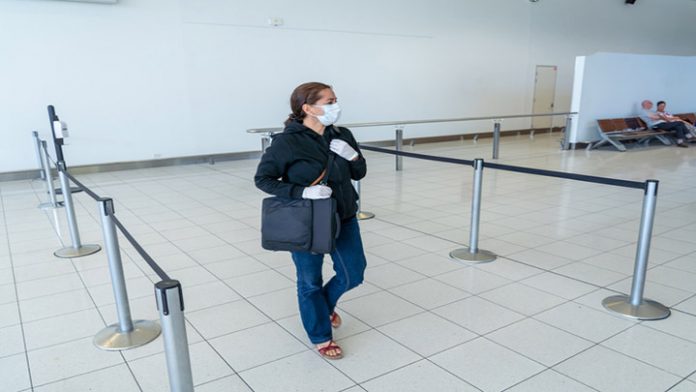COVID-19 has caused a 22% fall in international tourist arrivals during the first quarter of 2020, the latest data from the World Tourism Organization (UNWTO) shows. The crisis could lead to an annual decline of between 60% and 80% when compared with 2019 figures. Medical tourism is a small niche, but its fortunes tend to rise and fall with global tourism.
Arrivals in March dropped sharply by 57% following the start of a lockdown in many countries, as well as the widespread introduction of travel restrictions and the closure of airports and national borders. This translates into a loss of 67 million international arrivals and US$80 billion in lost revenue.
Asia and the Pacific show the highest impact in relative and absolute terms (loss of 33 million arrivals), the impact in Europe, though lower in percentage, is quite high in volume (loss of 22 million arrivals).
Prospects for the year have been downgraded several times since the outbreak and uncertainty continues to dominate. Current scenarios point to possible declines in arrivals of 58% to 78% for the year. These depend on the speed of containment and the duration of travel restrictions and shutdown of borders.
UNWTO offers the following scenarios for 2020, based on three possible dates for the gradual opening up of international borders:
Scenario 1 (decline of 58%) based on the gradual opening of international borders and easing of travel restrictions in early July
Scenario 2 (decline of 70%) based on the gradual opening of international borders and easing of travel restrictions in early September
Scenario 3 (decline of 78%) based on the gradual opening of international borders and easing of travel restrictions only in early December.
Under these scenarios, the impact of the loss of demand in international travel could translate into the loss of 850 million to 1.1 billion international tourists and US$910 billion to US$1.2 trillion in revenues from tourism.
This is by far the worst crisis that international tourism has faced since records began in 1950. The impact will be felt to varying degrees in the different global regions and at overlapping times, with Asia and the Pacific expected to rebound first.
Domestic demand is expected to recover faster than international demand, with signs of recovery by the final quarter of 2020 but mostly in 2021.
The estimates regarding the recovery of international travel are more positive in Africa and the Middle East, with recovery in 2020. The Americas do not expect any recovery in 2020, while in Europe and Asia the outlook is mixed, with some recovery within this year but most in 2021








 ©2024 All rights reserved LaingBuisson
©2024 All rights reserved LaingBuisson 


